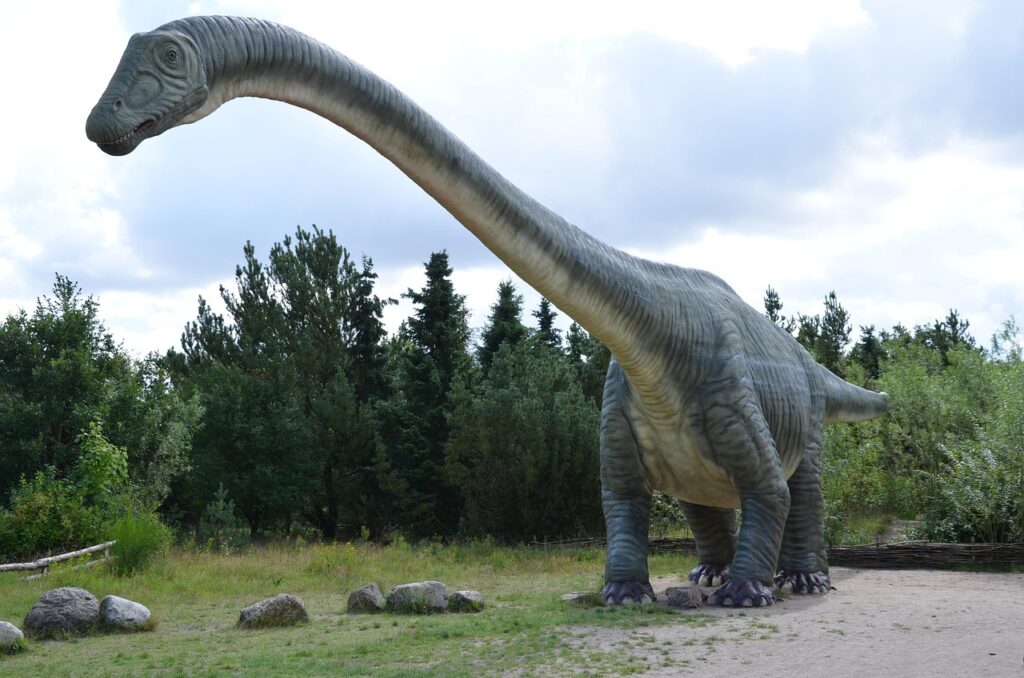When you think about the most extraordinary volcanoes on our planet, your mind probably jumps to dramatic eruptions like Mount Vesuvius or explosive supervolcanoes like Yellowstone. Yet there’s a tale of volcanic persistence that dwarfs any single dramatic eruption, one that involves not decades or centuries, but millions upon millions of years of continuous activity. While no single volcano has erupted for exactly forty million years straight, the story of continuously erupting volcanic systems reveals something far more extraordinary than any Hollywood disaster movie could imagine.
The concept of continuous volcanic activity challenges everything you might think you know about how our planet works. These aren’t brief, violent outbursts followed by long periods of quiet. Instead, imagine geological forces so persistent and powerful that they reshape entire continents, drive species to extinction, and fundamentally alter Earth’s climate for millions of years at a time.
Meet Stromboli: The Lighthouse of the Mediterranean
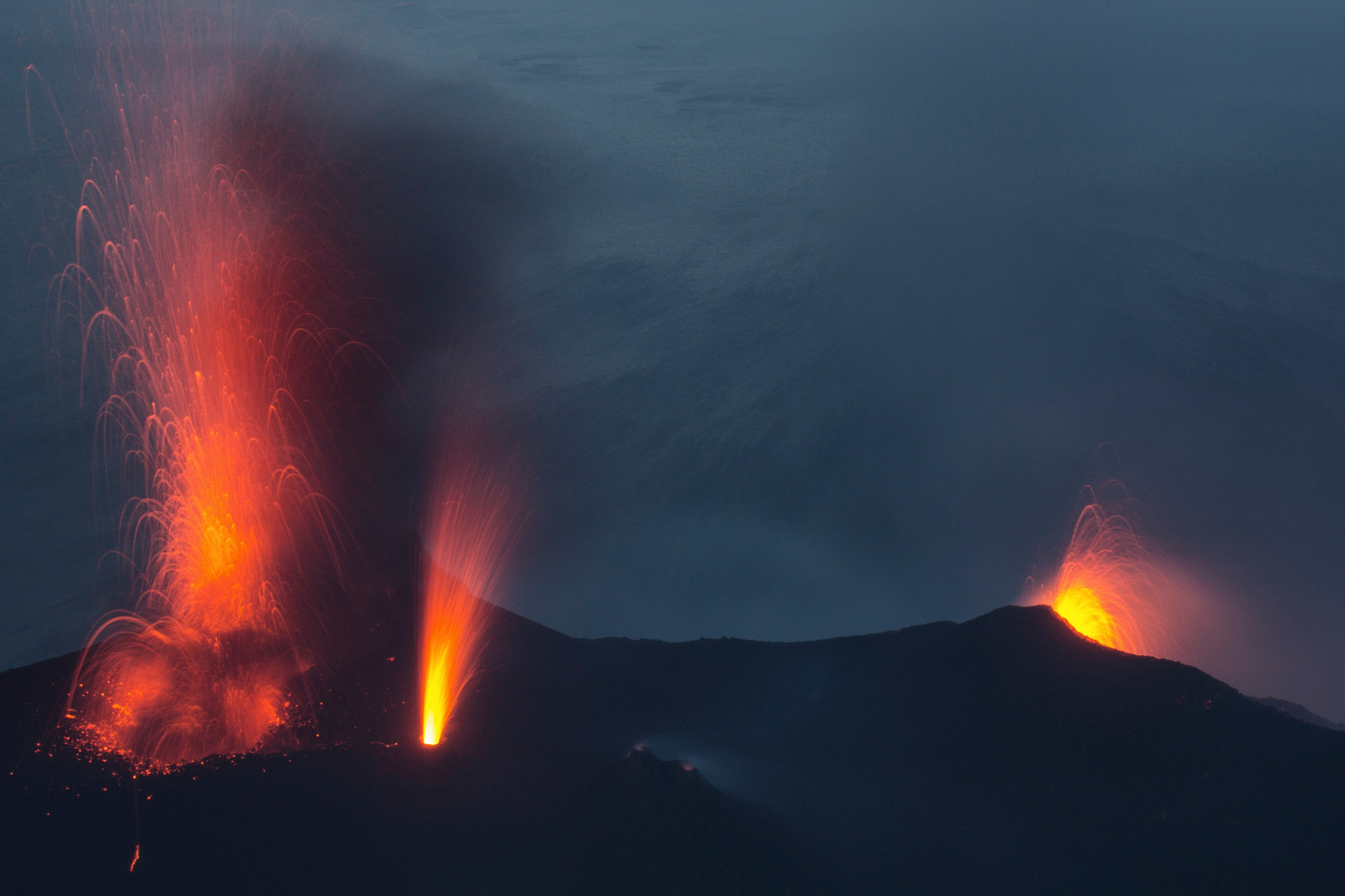
Standing proudly in the Tyrrhenian Sea off the coast of Italy, Stromboli has been in almost continuous eruption for the past 2,000 to 5,000 years. You might wonder what makes this volcano so special compared to others that erupt sporadically. Stromboli has exhibited nearly constant lava fountains for the past 2,000 years, with recorded eruptions dating back to 350 BCE, and essentially continuous mild Strombolian explosions have been recorded for more than a millennium.
What makes Stromboli truly remarkable is its consistency. As long as there are historical records, Stromboli has been constantly active, which makes it almost unique among the volcanoes in the world, and since 1900, it has been near-continuously active, showing eruptive activity during 123 years out of 126 as of now. Because it has been active for much of the last 2,000 years and its eruptions are visible for long distances at night, it is known as the “Lighthouse of the Mediterranean”.
The Science Behind Endless Eruptions
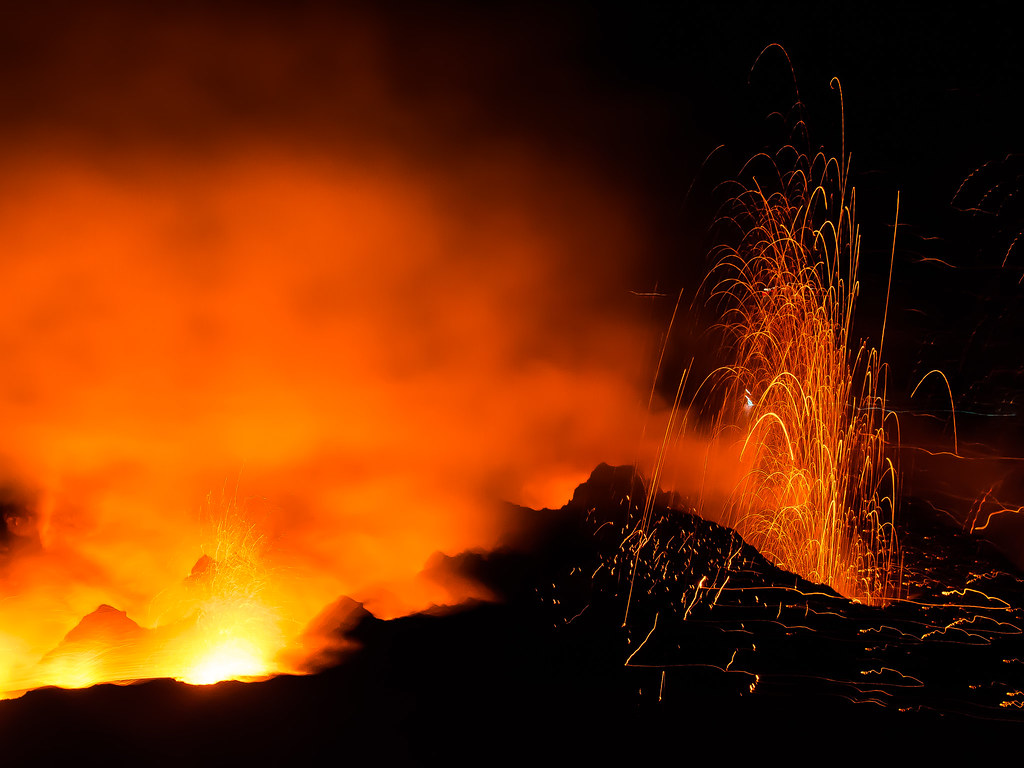
The volcano’s activity is driven by the ongoing supply of magma from deep within the Earth. This continuous supply feeds the magma chamber below Stromboli, leading to a constant build-up of pressure that is periodically released through the summit vents. You might picture volcanic eruptions as catastrophic explosions, yet Stromboli operates more like a geological pressure valve.
Stromboli’s activity is characterized by regular, moderate bursts of incandescent volcanic bombs and lava fragments from its summit craters. The typical eruption involves the ejection of incandescent lava fragments, known as volcanic bombs, and ash, with these materials usually tossed a few tens to a few hundreds of meters into the air before falling back onto the volcano’s slopes. Most of its activity consists of brief and small bursts of glowing lava fragments to heights of 100-200 m above the craters, though occasionally, much stronger explosions or periods of more continuous activity can occur.
When Volcanoes Shape Continents: The Story of Flood Basalts

While Stromboli represents impressive longevity on a human timescale, Earth’s geological history reveals volcanic systems of truly staggering persistence and scale. A flood basalt is the result of a giant volcanic eruption or series of eruptions that covers large stretches of land or the ocean floor with basalt lava. A single flood basalt province may contain hundreds of thousands of cubic kilometers of basalt erupted over less than a million years, with this highly fluid basalt lava spreading laterally for hundreds of kilometers from its source vents.
These weren’t brief volcanic episodes but sustained periods of eruption that lasted for hundreds of thousands to millions of years. Successive eruptions form thick accumulations of nearly horizontal flows, erupted in rapid succession over vast areas, flooding the Earth’s surface with lava on a regional scale. One million cubic kilometers of basalt, the size of an average continental flood basalt province, would bury the area east of the Appalachians from Maine to Florida under more than a kilometer of basalt, and the release of gases accompanying such great eruptions must have had tremendous consequences for the composition of the ocean and atmosphere.
The Siberian Traps: Earth’s Most Devastating Volcanic Marathon
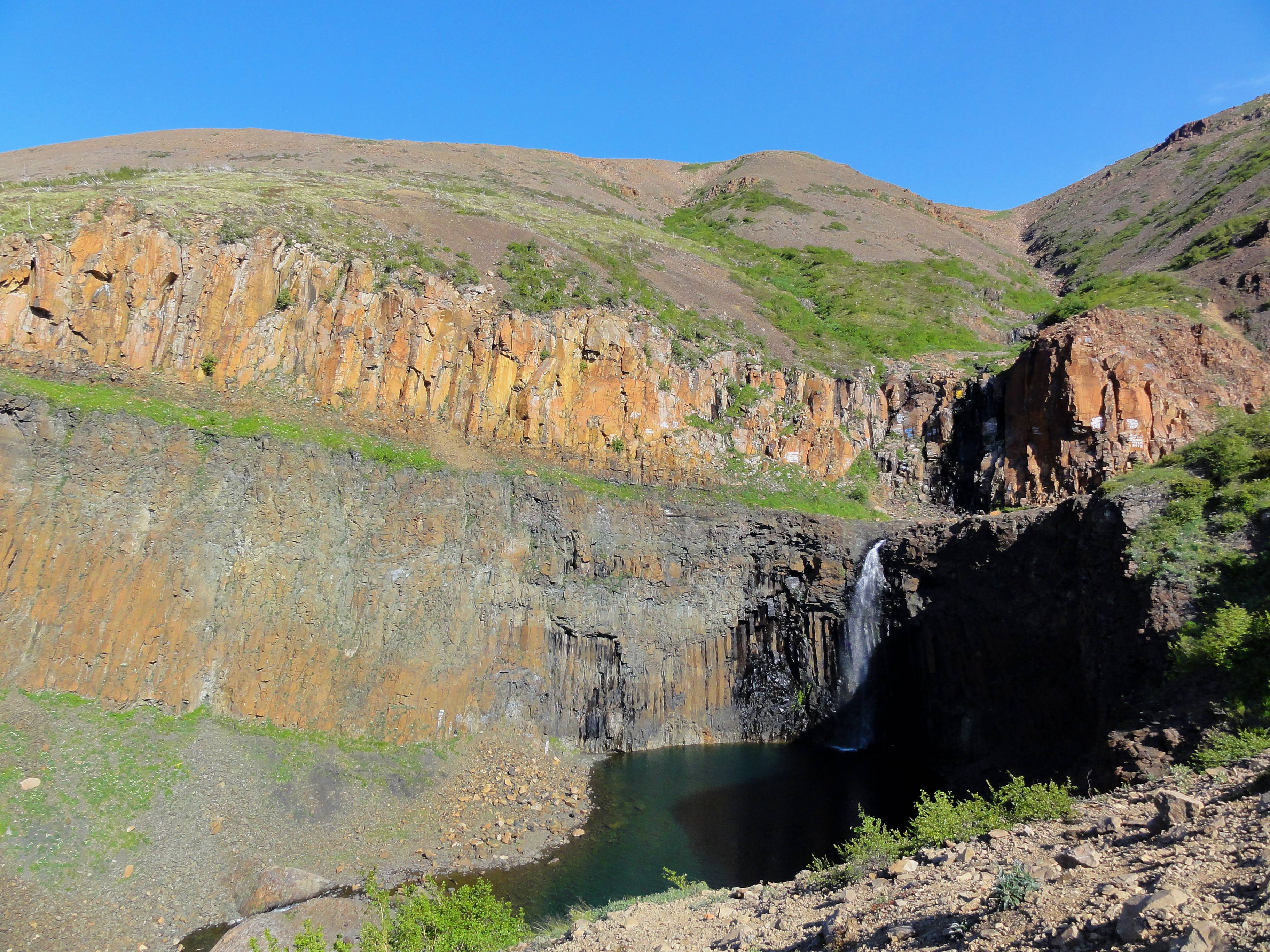
The Siberian Traps are a large region of volcanic rock, known as a large igneous province, in Siberia, Russia. The main source of rock in this formation is basalt, but both mafic and felsic rocks are present, and the inclusion of mafic and felsic rock indicates multiple other eruptions that occurred and coincided with the one-million-year-long set of eruptions. This wasn’t just any volcanic event – it was perhaps the most catastrophic in Earth’s history.
The majority of the basalt and gabbro samples dated to 250 million years ago, covered a surface area of 5,000,000 square kilometres on the Siberian Traps, and occurred within a short period of time with rapid rock solidification and cooling. The eruption of the Siberian continental flood basalt province 250 million years ago at the Permian-Triassic boundary coincided with the largest extinction of plants and animals in the geologic record, with ninety percent of all species becoming extinct at the boundary.
Columbia River Basalts: America’s Volcanic Superpower
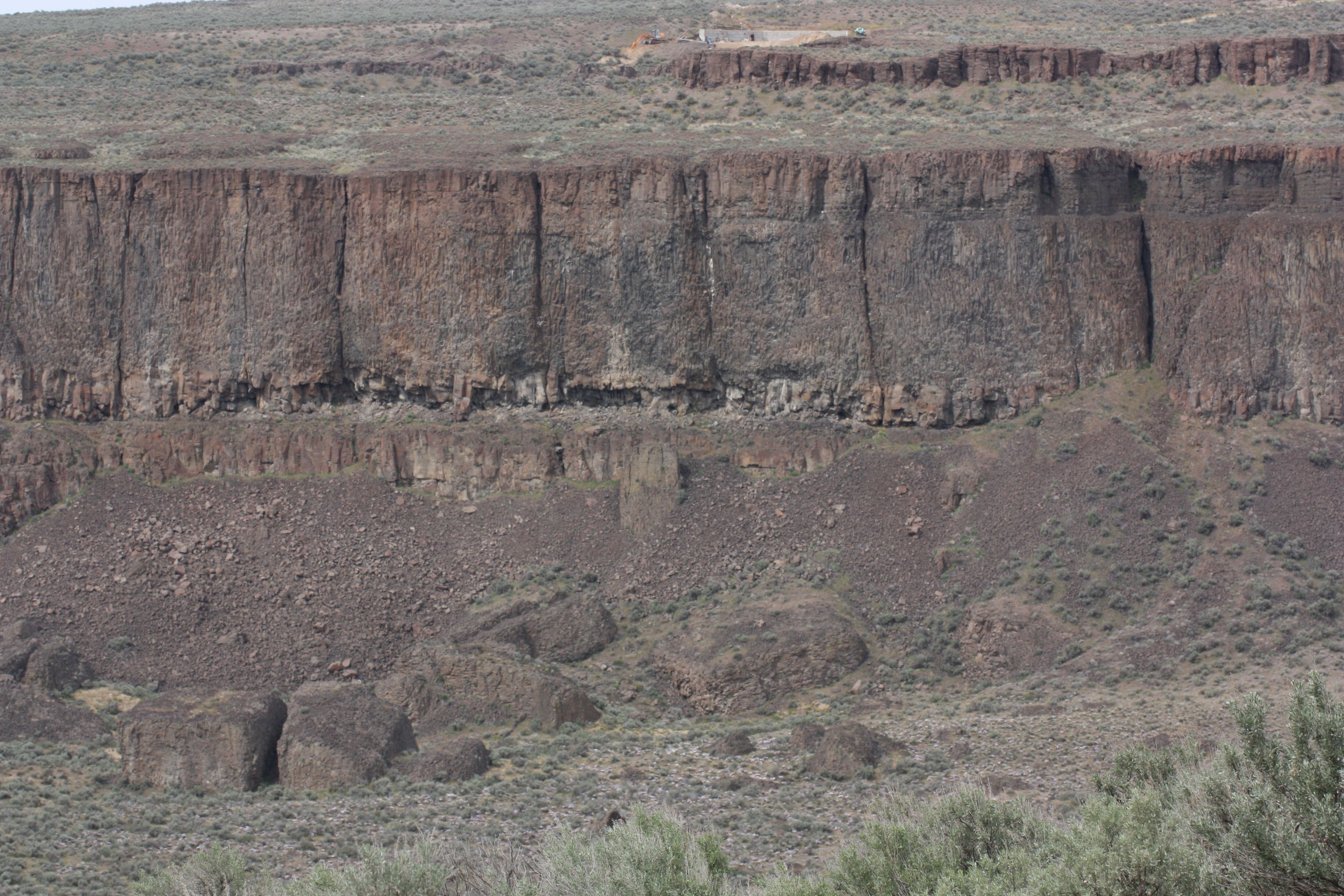
The Columbia River Flood Basalt Province forms a plateau of 164,000 square kilometers between the Cascade Range and the Rocky Mountains. In all, more than 300 individual large lava flows with an average volume of 580 cubic kilometers cover parts of the states of Idaho, Washington, and Oregon. This volcanic province offers you a glimpse into the sheer scale of sustained volcanic activity.
Most of the volume of the Columbia River Flood Basalt Province (85%) was erupted in only 1.5 million years from 17 to 15.5 million years ago. The Pomona flow traveled from west-central Idaho to the Pacific (600 km), making it the longest known lava flow on Earth. Think about that for a moment – a single lava flow that stretched across multiple states, creating a river of molten rock that flowed for hundreds of miles.
The Deccan Traps: India’s Volcanic Legacy
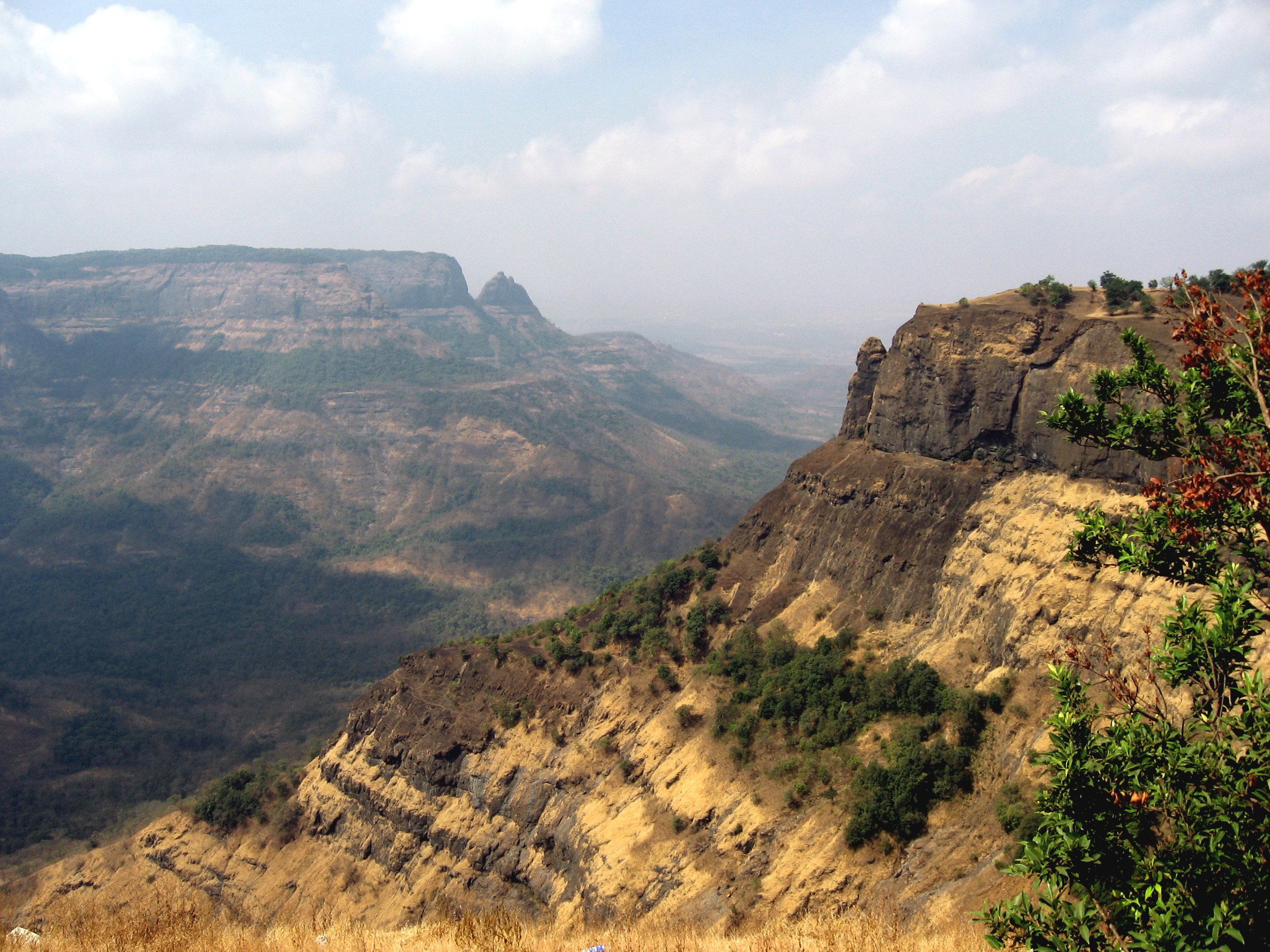
In India, another massive volcanic system tells a story of sustained eruption that helped reshape an entire subcontinent. The Deccan Traps erupted over a period of 1 million years and spewed lava flows for distances of at least 500 kilometers, in some places nearly 2 kilometers thick. The Deccan Traps flood basalt plateau consists of more than 6500 feet of flat-lying basalt lava flows and covers an area of nearly 200,000 square miles similar to the Columbia River basalts of the northwestern United States.
The most well-known mass extinction, referred to as the Cretaceous-Paleogene extinction, was famously tied to a comet or asteroid impact in the Caribbean, but geologists have since found that the impact was preceded by a long period of eruptions in India that left behind flood basalts known today as the Deccan Traps. Massive amounts of sulfur dioxide emitted during the long-term eruption would have cooled the planet and caused the massive die-off seen in the fossil record.
How Long Can Volcanoes Actually Keep Going
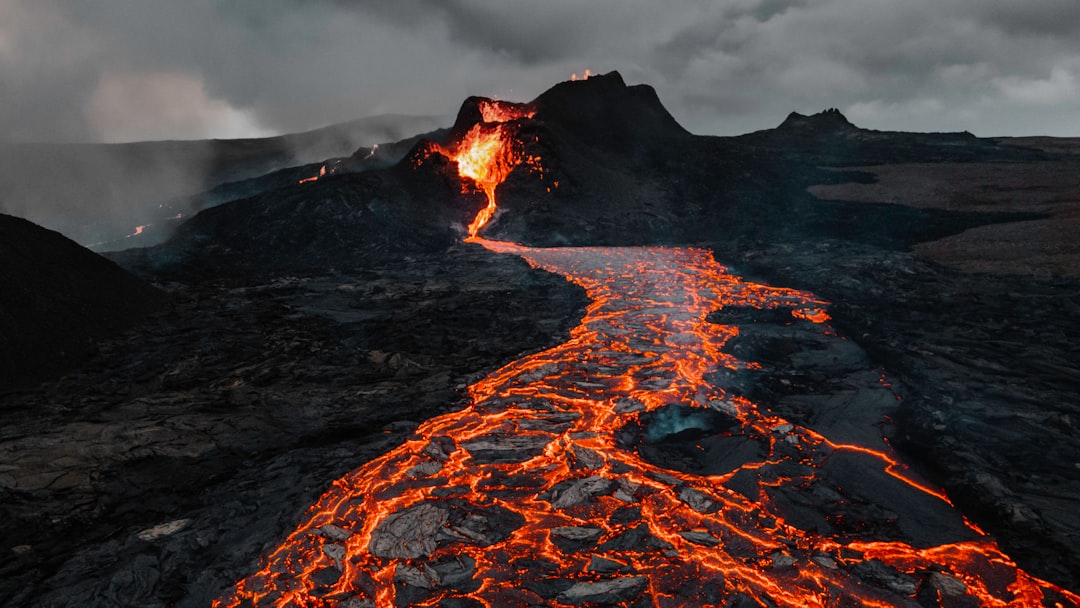
You might wonder about the absolute limits of volcanic persistence. Halema’uma’u and other vents on the floor of Kīlauea’s caldera were continuously active for at least 71 years, from 1823 until 1894, and for the next 30 years, Halema’uma’u was mostly active, though with pauses long enough to disqualify it as a continuous eruption. The best estimate for the duration of the ‘Aila’au eruption is 40-50 years, and another possibly long-lived eruption built Kane Nui o Hamo, on Kīlauea’s east rift zone, more than 700 years ago, with sparse evidence suggesting that this eruption lasted more than 50 years.
No large eruptions of flood basalts have occurred in human history, the most recent having occurred over 10 million years ago. However, the volcanic systems that created these massive provinces operated for timescales that challenge human comprehension. Improvements in geochronology have demonstrated that all well-dated continental flood basalt provinces initially thought to have formed over many tens of millions of years instead formed, for the most part, in a million years or less, with the rapid melt production rates implying a generation mechanism other than rifting.
The Global Impact of Persistent Volcanism
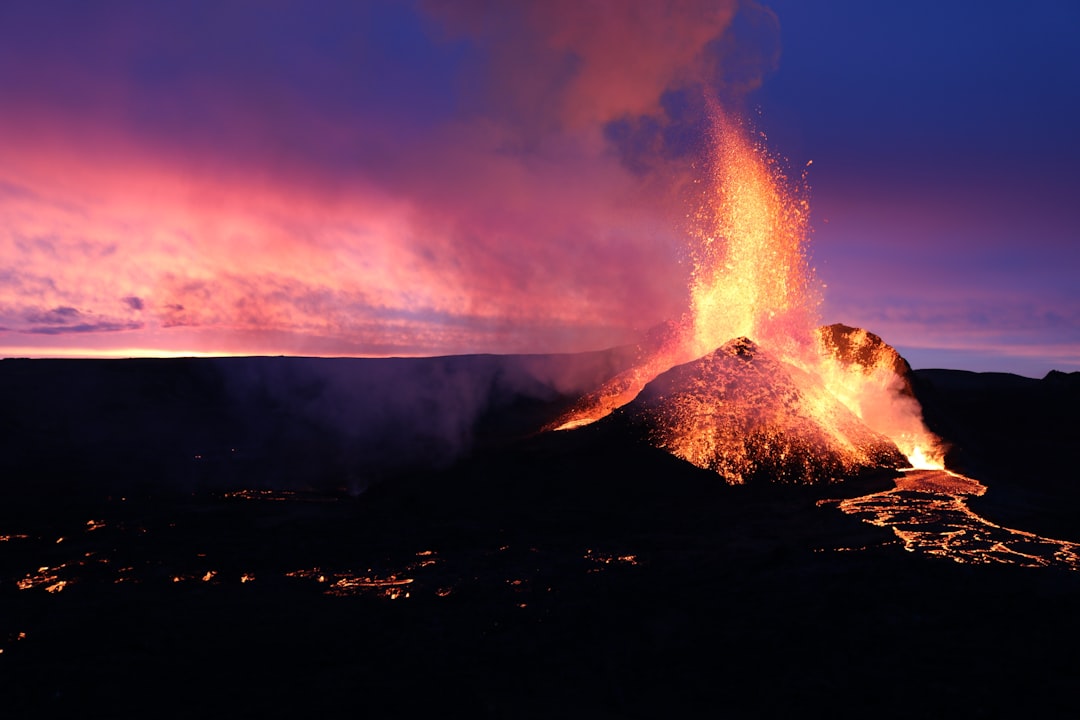
Flood basalt eruptions aren’t common in the geologic record. The last one of comparable, but significantly smaller, scale happened about 16 million years ago in the Pacific Northwest, producing what’s known as the Columbia River Basalt Province. According to scientists, the eruptions are accompanied by massive releases of carbon dioxide, which warms the atmosphere, as well as sulfur dioxide, which cools the atmosphere.
The analysis linking mass extinctions throughout Earth’s history with major eruptions, characterized by lava and gas spilling from perhaps dozens of volcanoes and long fissure vents, confirms what many geologists have suspected for years. Increasing evidence points to the massive eruption and crustal emplacement of magmas associated with large igneous provinces as key drivers of these events. Understanding how LIP events disrupted global biogeochemical cycles is of prime importance, and we can explore the cascading impacts of LIP events on global climate, oceans, and land including runaway greenhouses, the release of toxic metals to the environment, the destruction of the ozone layer, and how global oceans are driven to anoxic and acidic states.
Volcanic Hotspots: The Engine Behind Long-term Activity

Many flood basalts have been attributed to the onset of a hotspot reaching the surface of the Earth via a mantle plume. Kīlauea is the second-youngest product of the Hawaiian hotspot and the current eruptive center of the Hawaiian–Emperor seamount chain. These hotspots represent stationary plumes of hot material rising from deep within Earth’s mantle, creating volcanic activity that can persist for millions of years as tectonic plates move over them.
The Yellowstone hotspot created the Steens and Columbia River flood basalts, with the most vigorous eruptions occurring from 14 to 17 million years ago, producing 180,000 cubic kilometers of lava. The Columbia River Plateau of Oregon and Washington, the High Lava Plains of Oregon, and the Snake River Plain of Idaho in the northwest of the United States, are all thought to be related to the interaction of the Yellowstone plume with the North American lithosphere above it. The even more massive Deccan Flood Basalt Province is the result of the Indian lithosphere interacting with the Reunion hot spot.
Modern Monitoring of Earth’s Most Active Volcanoes

Today’s volcanic monitoring gives us unprecedented insight into how these systems work. The current eruption period at Stromboli has been ongoing since 1934 and recent activity has consisted of frequent Strombolian explosions and lava flows. Webcam images show Strombolian activity at four vents with the vents producing low- to medium-intensity explosions at a rate of 9-17 events per hour, ejecting lapilli and bombs less than 150 m above the vents.
Volcanic gas emissions from this volcano are measured by a multi-component gas analyzer system, which detects pre-eruptive degassing of rising magma, improving prediction of volcanic activity. The regularity of these eruptions provides geologists with an unparalleled opportunity to study volcanic processes in real-time. Stromboli, therefore, is not just an impressive spectacle; it is also a valuable natural laboratory for understanding the inner workings of volcanoes.
The Human Experience of Living with Eternal Fire
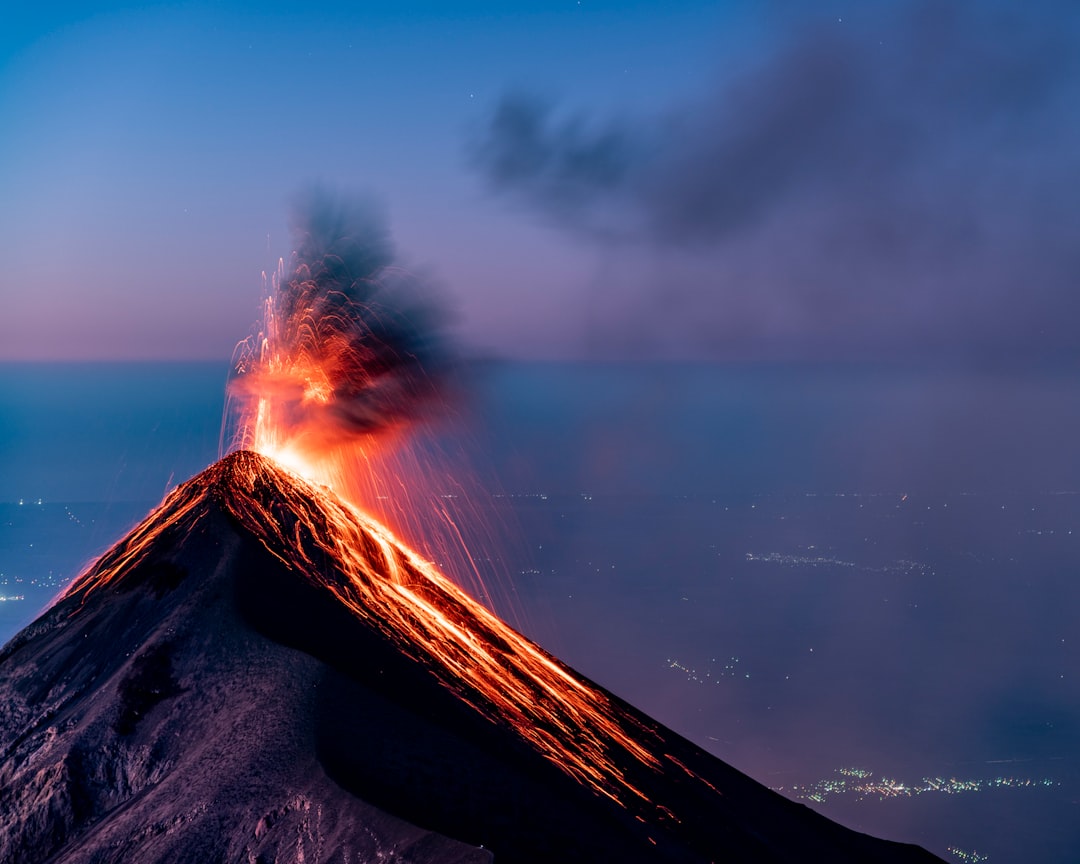
The volcano also poses risks, particularly to the small island community living on its slopes. Although Strombolian eruptions are not typically associated with massive and deadly events, occasionally larger explosions can occur that pose danger to those who live nearby. Despite the risks, Stromboli remains an object of fascination and study, drawing tourists and volcanologists alike.
On 3 July 2019, two major explosive events occurred at around 16:46 local time, alongside 20 additional minor explosive events. A hiker near the volcano’s summit died after being struck by flying debris when the eruption began, and 6 people suffered minor injuries due to the eruption. Records from 1907 indicate that one explosion was strong enough to shatter windows in the island’s villages, and strong explosions in 1930 were associated with an earthquake that also created a small tsunami.
Lessons from Earth’s Volcanic Persistence
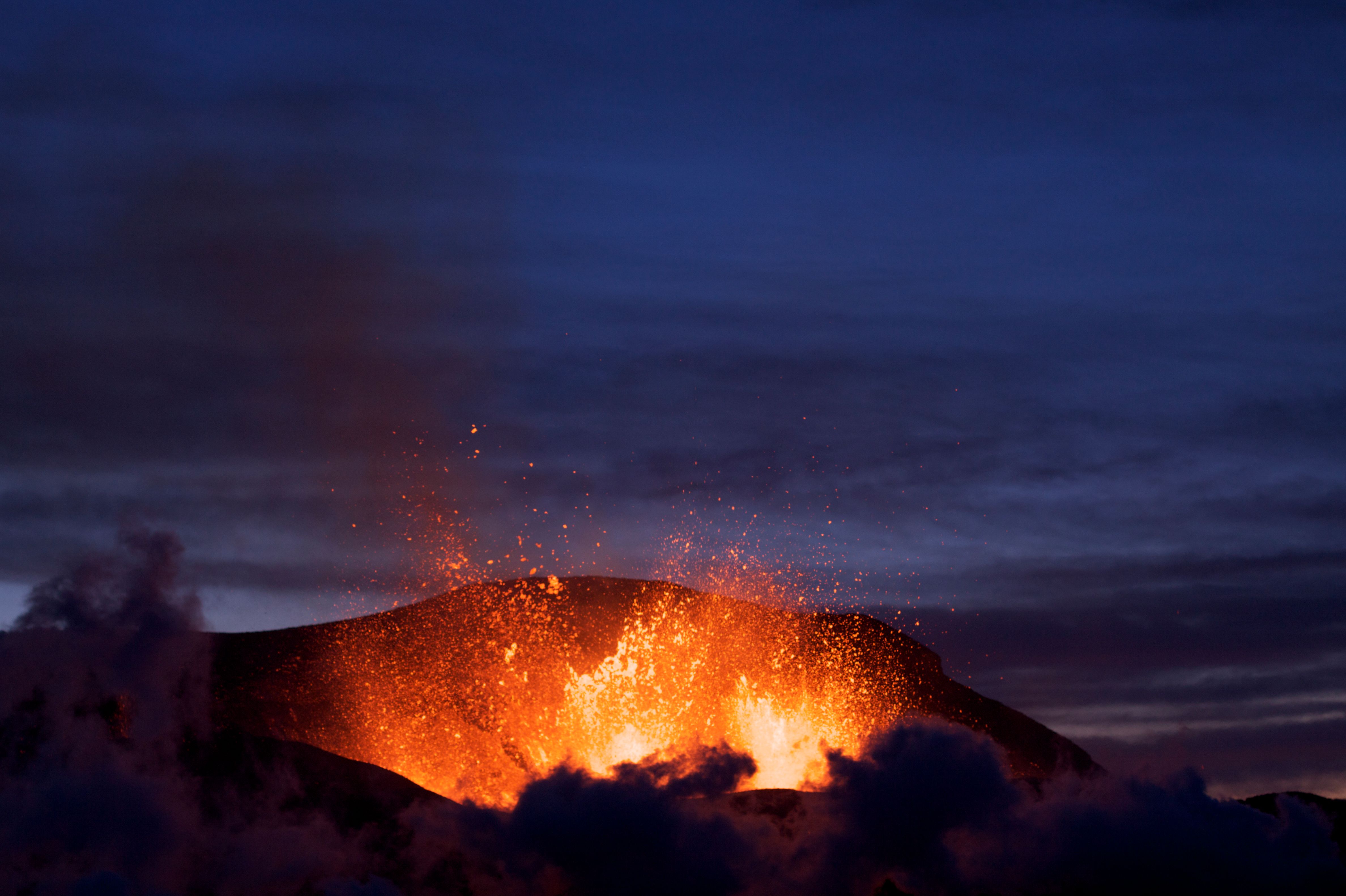
While no single volcano has erupted continuously for forty million years, the story of persistent volcanism reveals something far more profound about our planet’s restless nature. From Stromboli’s two-thousand-year light show to the million-year eruption cycles that created the world’s largest igneous provinces, Earth demonstrates a capacity for sustained geological violence that humbles human imagination.
These volcanic marathons have shaped continents, driven mass extinctions, and fundamentally altered our planet’s climate and atmosphere. They remind us that we live on a dynamic world where geological forces operate on timescales that dwarf human civilization. The next time you see a volcanic eruption on the news, remember that you’re witnessing just the briefest glimpse of processes that can persist for millions of years, reshaping entire planets in their wake.
What fascinates you more – the idea that some volcanoes never truly sleep, or the sheer scale of volcanic systems that can persist for geological ages? Share your thoughts about these incredible forces that have shaped our world for billions of years.



